August 4, 2017
Researchers at Harvard have inserted images into the DNA of a living bacteria to demonstrate the possibilities for long-term data storage. Storing digital information in a molecule that is invisible to the naked eye could be the future of data storage.
While all of our family photos, music and movies currently need to be stored on physical devices, researchers hope that one day you will be able to store your data by embedding it into your skin. To test this idea, the researchers used CRISPR, a gene-editing system, and inserted a short animated image (GIF) into the genomes of living Escherichia coli bacteria. They took each individual pixel and converted them into nucleotides.
The researchers inserted the GIF into in the bacteria in five frames and then were able to retrieve it by sequencing the bacterial DNA and reading the nucleotide code. This experiment worked with 90 percent accuracy, although it is specific to bacteria.
IEEE Life Fellow and 2017 IEEE Medal of Honor recipient Kees Schouhamer Immink explains, “Imagine that you could store the whole Internet in a device as large as a pint of beer. Impossible? DNA-based storage has the potential to realize this in practice due to its unique features of density and durability. Surely, there are some planning problems to be tackled, but both the DNA potential and the need for low-cost storage are so huge, these challenges are sure to be met.”
Other scientists have researched DNA for storage because it can still be sequenced after hundreds of years. They used synthetic DNA instead of living cells for the sake of longevity as living cells are always changing or dying off, making it a challenge to host data. Using living bacteria is better protection for data because it can thrive in high temperature environments or even after nuclear exposure.
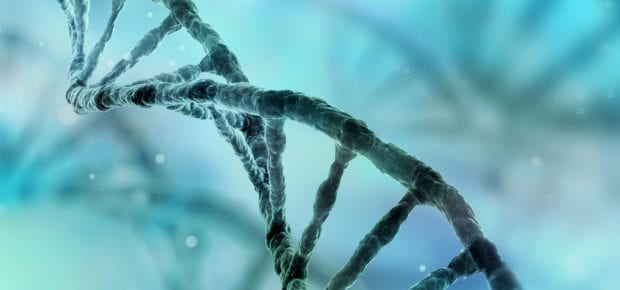




 Meaningful Momentum or Running in Place?
Meaningful Momentum or Running in Place? AI Through Our Ages
AI Through Our Ages Liquid Infrastructure: Our Planet's Most Precious Resource
Liquid Infrastructure: Our Planet's Most Precious Resource The Impact of Technology in 2025
The Impact of Technology in 2025 Quantum and AI: Safeguards or Threats to Cybersecurity?
Quantum and AI: Safeguards or Threats to Cybersecurity? Why AI Can't Live Without Us
Why AI Can't Live Without Us Bits, Bytes, Buildings and Bridges: Digital-Driven Infrastructure
Bits, Bytes, Buildings and Bridges: Digital-Driven Infrastructure Impact of Technology in 2024
Impact of Technology in 2024 Emerging AI Cybersecurity Challenges and Solutions
Emerging AI Cybersecurity Challenges and Solutions The Skies are Unlimited
The Skies are Unlimited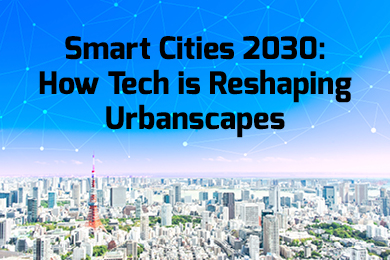 Smart Cities 2030: How Tech is Reshaping Urbanscapes
Smart Cities 2030: How Tech is Reshaping Urbanscapes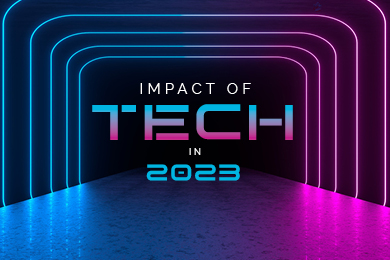 Impact of Technology 2023
Impact of Technology 2023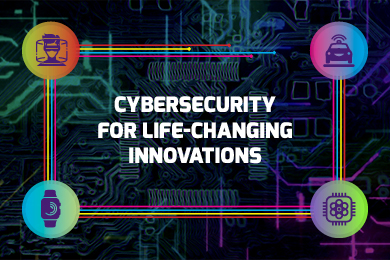 Cybersecurity for Life-Changing Innovations
Cybersecurity for Life-Changing Innovations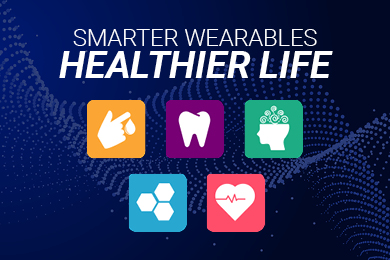 Smarter Wearables Healthier Life
Smarter Wearables Healthier Life Infrastructure In Motion
Infrastructure In Motion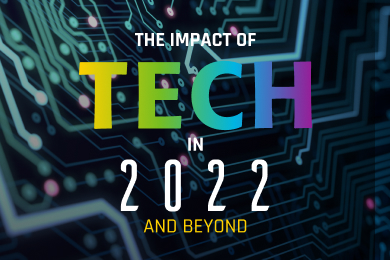 The Impact of Tech in 2022 and Beyond
The Impact of Tech in 2022 and Beyond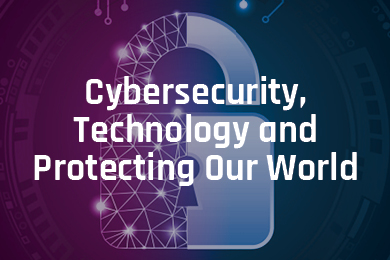 Cybersecurity, Technology and Protecting Our World
Cybersecurity, Technology and Protecting Our World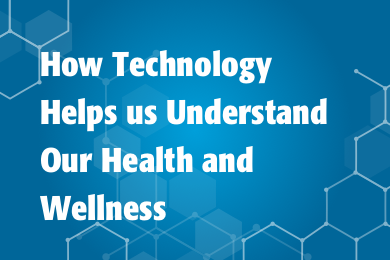 How Technology Helps us Understand Our Health and Wellness
How Technology Helps us Understand Our Health and Wellness The Resilience of Humanity
The Resilience of Humanity Harnessing and Sustaining our Natural Resources
Harnessing and Sustaining our Natural Resources Creating Healthy Spaces Through Technology
Creating Healthy Spaces Through Technology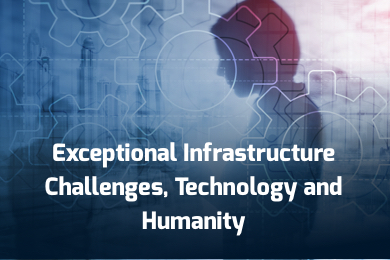 Exceptional Infrastructure Challenges, Technology and Humanity
Exceptional Infrastructure Challenges, Technology and Humanity The Global Impact of IEEE's 802 Standards
The Global Impact of IEEE's 802 Standards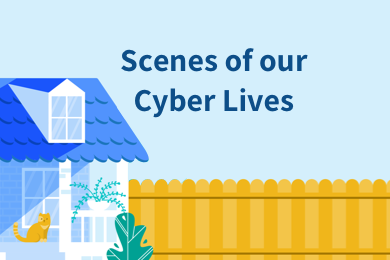 Scenes of our Cyber Lives: The Security Threats and Technology Solutions Protecting Us
Scenes of our Cyber Lives: The Security Threats and Technology Solutions Protecting Us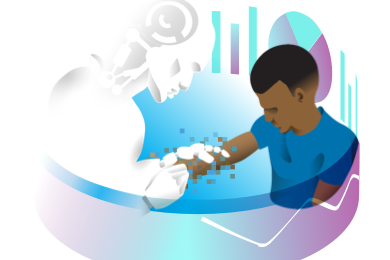 How Millennial Parents are Embracing Health and Wellness Technologies for Their Generation Alpha Kids
How Millennial Parents are Embracing Health and Wellness Technologies for Their Generation Alpha Kids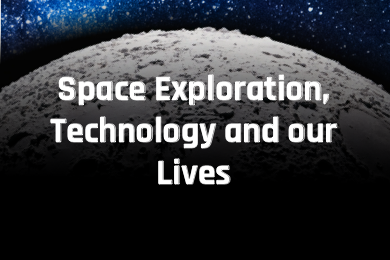 Space Exploration, Technology and Our Lives
Space Exploration, Technology and Our Lives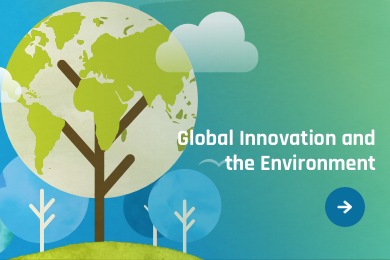 Global Innovation and the Environment
Global Innovation and the Environment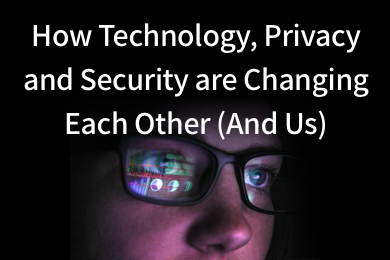 How Technology, Privacy and Security are Changing Each Other (And Us)
How Technology, Privacy and Security are Changing Each Other (And Us)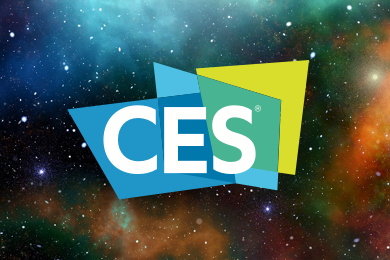 Find us in booth 31506, LVCC South Hall 3 and experience the Technology Moon Walk
Find us in booth 31506, LVCC South Hall 3 and experience the Technology Moon Walk Virtual and Mixed Reality
Virtual and Mixed Reality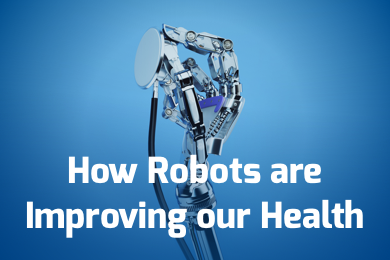 How Robots are Improving our Health
How Robots are Improving our Health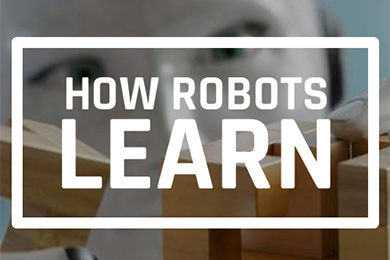 IEEE Experts and the Robots They are Teaching
IEEE Experts and the Robots They are Teaching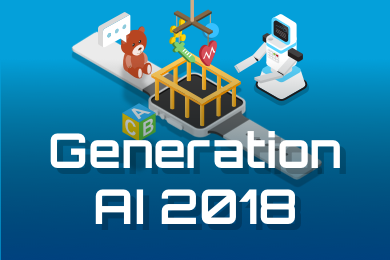 See how millennial parents around the world see AI impacting the lives of their tech-infused offspring
See how millennial parents around the world see AI impacting the lives of their tech-infused offspring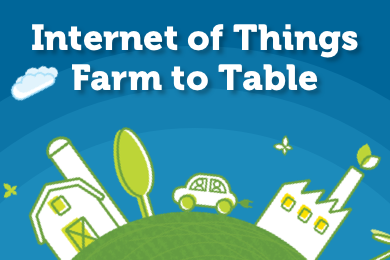 Take the journey from farm to table and learn how IoT will help us reach the rising demand for food production
Take the journey from farm to table and learn how IoT will help us reach the rising demand for food production Watch technical experts discuss the latest cyber threats
Watch technical experts discuss the latest cyber threats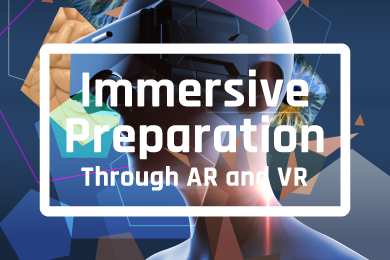 Explore how researchers, teachers, explorers, healthcare and medical professionals use immersive technologies
Explore how researchers, teachers, explorers, healthcare and medical professionals use immersive technologies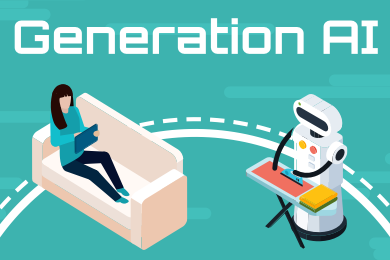 Follow the timeline to see how Generation AI will be impacted by technology
Follow the timeline to see how Generation AI will be impacted by technology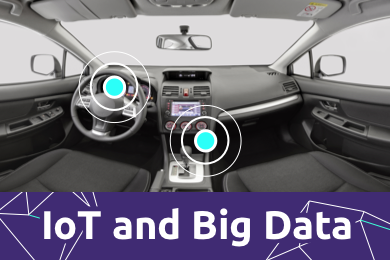 Learn how your IoT data can be used by experiencing a day in a connected life
Learn how your IoT data can be used by experiencing a day in a connected life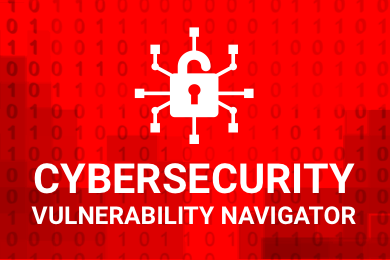 Listen to technical experts discuss the biggest security threats today
Listen to technical experts discuss the biggest security threats today See how tech has influenced and evolved with the Games
See how tech has influenced and evolved with the Games Enter our virtual home to explore the IoT (Internet of Things) technologies
Enter our virtual home to explore the IoT (Internet of Things) technologies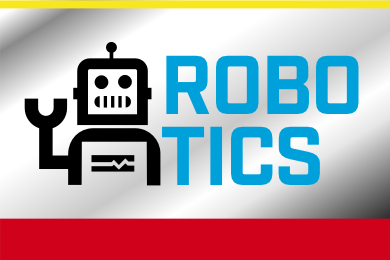 Explore an interactive map showcasing exciting innovations in robotics
Explore an interactive map showcasing exciting innovations in robotics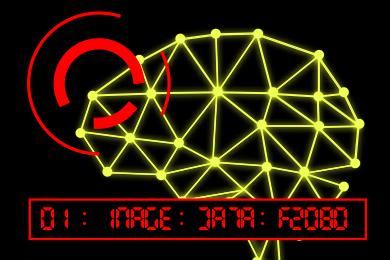 Interactively explore A.I. in recent Hollywood movies
Interactively explore A.I. in recent Hollywood movies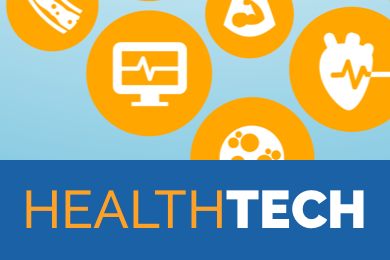 Get immersed in technologies that will improve patients' lives
Get immersed in technologies that will improve patients' lives